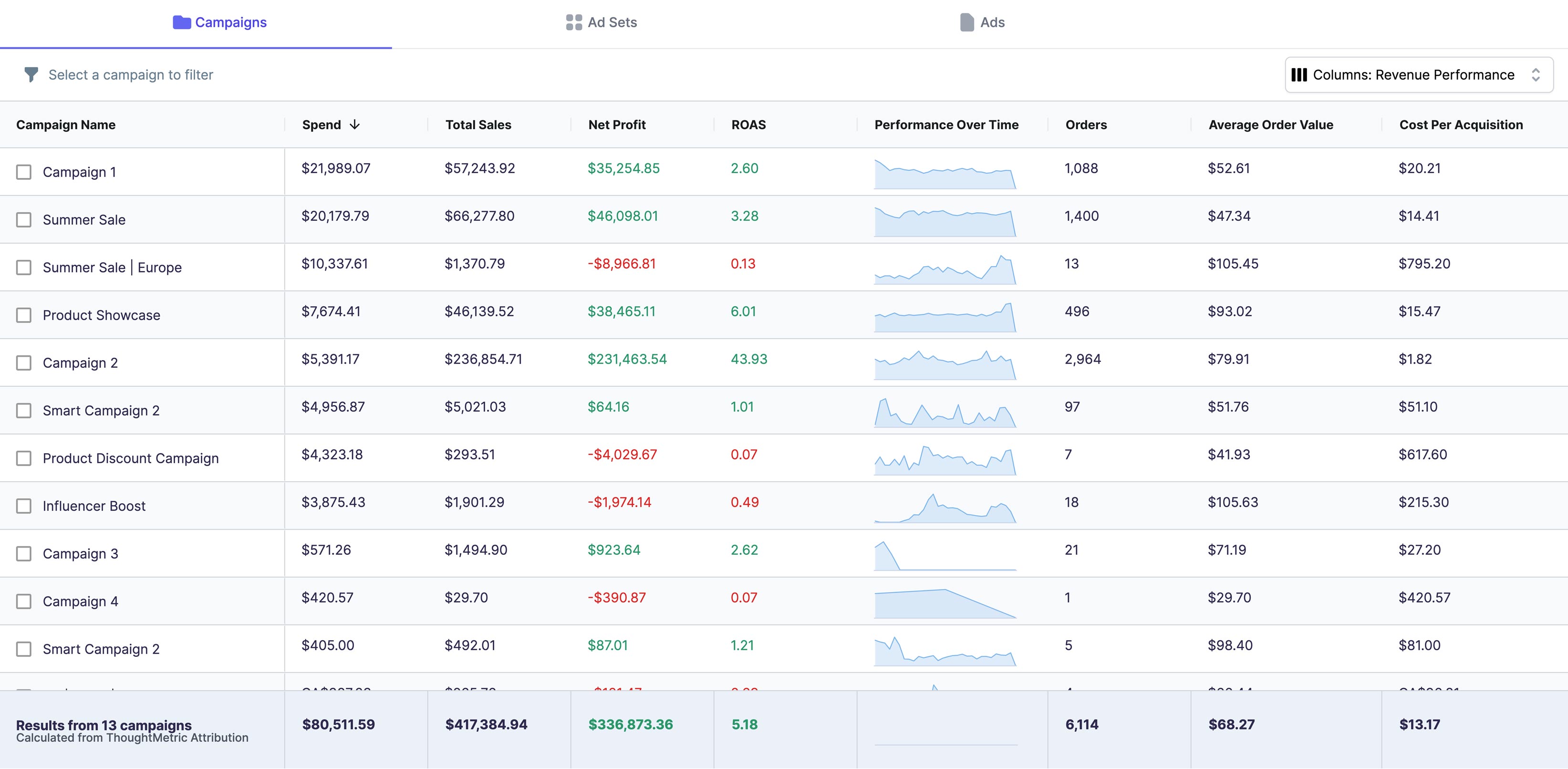Understanding Product Bundling on Shopify
Product bundling is a win-win for both businesses and customers. For businesses, it can increase sales and revenue, while for customers, it provides added value and convenience. By bundling products together, businesses can also create a unique selling proposition that sets them apart from competitors.
Benefits of Product Bundling
Another benefit of product bundling is that it can help increase customer loyalty. By offering discounts on bundled products, customers are more likely to make repeat purchases from your store. It also provides an opportunity to upsell customers by offering higher-priced bundles with premium products.
Types of Product Bundles
- Product bundling: Bundling together two or more products to sell as a package deal. For example, a skincare brand may bundle a cleanser, toner, and moisturizer together.
- Product and service bundling: Offering a product with a related service, such as pairing a fitness tracker with a personal coaching session. This type of bundle can add value for customers by providing a more comprehensive solution.
- Seasonal and event bundling: Bundling products that are typically bought together during certain seasons or holidays, such as Christmas gift sets. This type of bundle can create a sense of urgency and encourage customers to make a purchase.
When creating product bundles, it's important to consider your target audience and what types of products they are likely to purchase together. You can also use data from your store to identify popular product combinations and create bundles based on those insights.
In conclusion, product bundling is a powerful strategy for e-commerce businesses looking to increase sales, clear inventory, and provide added value to customers. By offering product bundles on your Shopify store, you can differentiate yourself from competitors and create a unique selling proposition that resonates with your target audience.
Preparing Your Shopify Store for Bundling
1. Analyzing Your Product Catalog
For example, if you sell clothing, you could bundle a shirt, pants, and shoes together for a complete outfit. Or if you sell skincare products, you could bundle a cleanser, toner, and moisturizer together for a complete skincare routine.
By analyzing your product catalog, you can identify which products are complementary and create bundles that make sense for your customers.
2. Identifying Bundle Opportunities
For example, if you sell coffee, you could bundle a bag of coffee beans with a French press and a coffee mug. Or if you sell pet supplies, you could bundle a dog leash, collar, and toy together.
Identifying bundle opportunities is all about understanding your customers' needs and preferences and creating bundles that meet those needs.
3. Setting Bundle Pricing Strategies
For example, if the total value of the bundle is $100 and you want to offer a 20% discount, the bundle price would be $80.
You could also offer a set dollar amount off, such as $10 off the bundle price, or a free gift with purchase, such as a tote bag or a sample of another product.
Setting bundle pricing strategies requires some experimentation and testing to find the right balance between offering a good deal to your customers and ensuring that you're still making a profit.
By following these steps and creating appealing bundles, you can increase sales and provide added value to your customers.
Creating Bundles Using Shopify Apps
1. Top Shopify Bundle Apps
- Bundler: allows you to bundle products, create upsells, and cross-sells.
- Bundle Products: lets you bundle items together and offer a discount with just a few clicks.
- Product Bundles: lets you bundle numerous Product Variants, SKUs, and Collections at once by selecting the products you want to bundle.
2. Installing and Configuring a Bundle App
3. Creating Your First Bundle with an App
Creating Bundles Manually in Shopify
1. Creating Bundle Products
When creating the bundle, it's important to think about which products work well together. For example, if you sell skincare products, you could create a bundle that includes a cleanser, toner, and moisturizer. This will make it easier for customers to purchase a complete skincare routine in one go.
You can also get creative with your bundles by offering limited edition or seasonal bundles. For example, during the holiday season, you could create a bundle that includes a festive candle, a cozy blanket, and a mug for hot cocoa.
2. Setting Up Bundle Discounts
It's important to offer a discount that is enticing enough to encourage customers to purchase the bundle, but not so steep that it cuts into your profit margins. A good rule of thumb is to offer a discount of around 10-20% off the total price of the individual products.
You could also consider offering tiered discounts, where customers receive a larger discount if they purchase multiple bundles at once.
3. Managing Bundle Inventory
It's a good idea to keep track of your bundle inventory levels and adjust them as needed. You could also consider setting up automatic notifications to alert you when a product in a bundle is running low, so you can restock it before it goes out of stock.
By offering bundles, you can increase the average order value of your store and provide customers with a convenient and cost-effective way to purchase multiple products at once.





